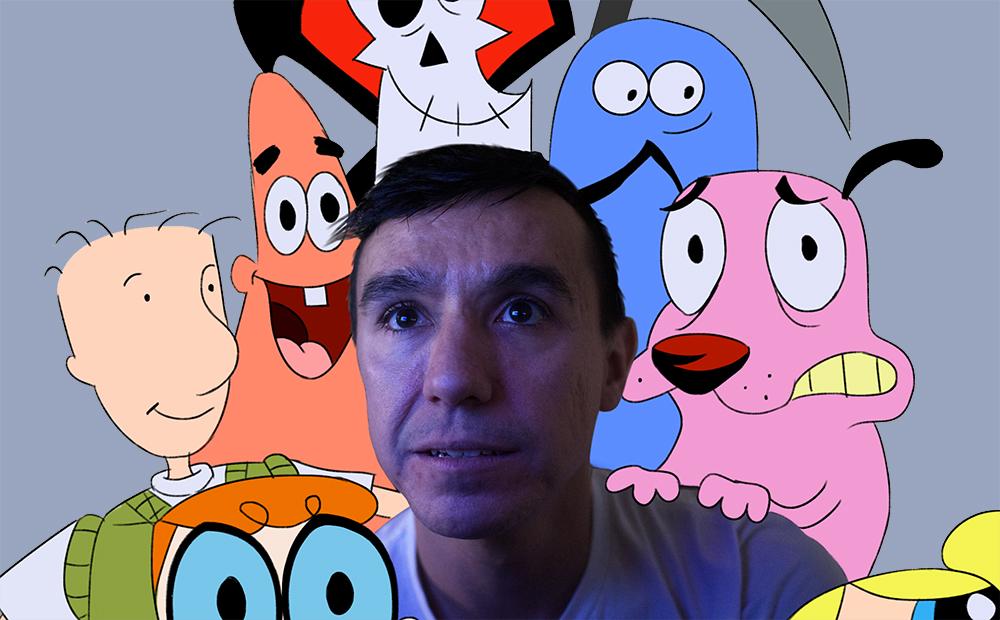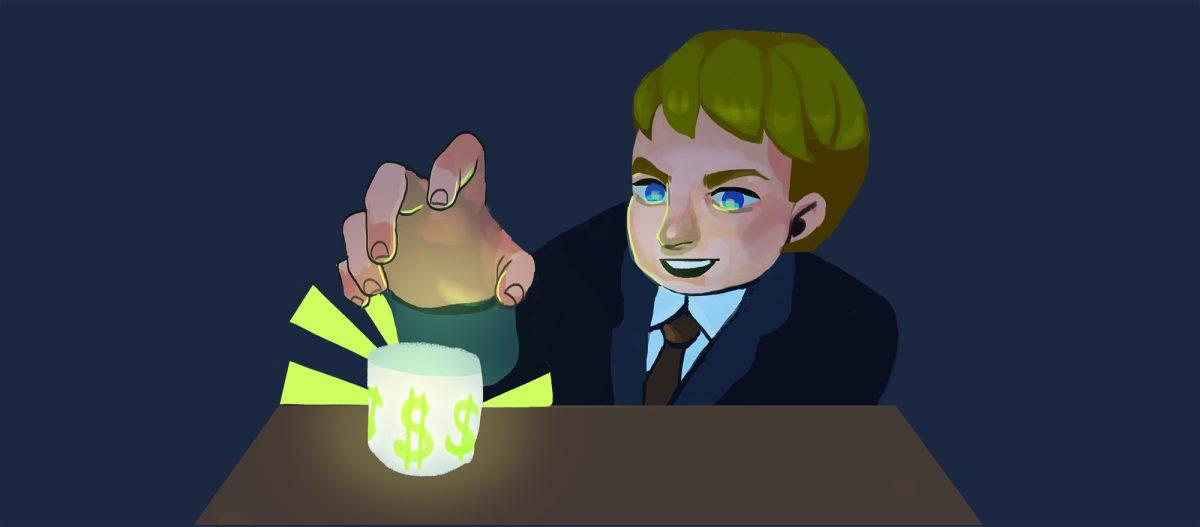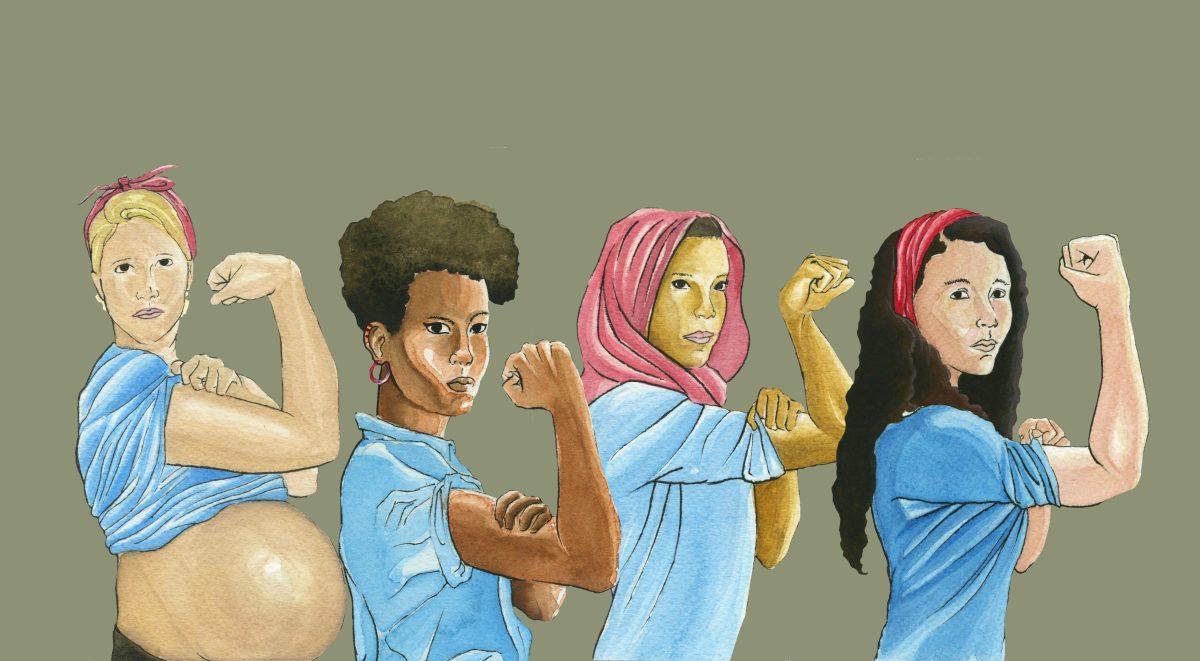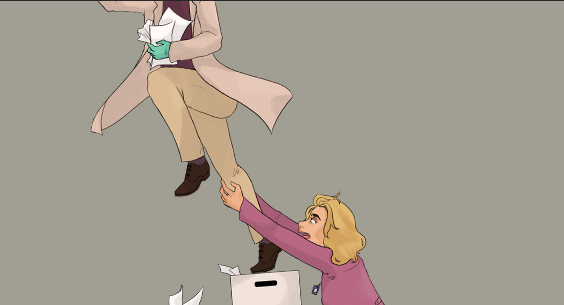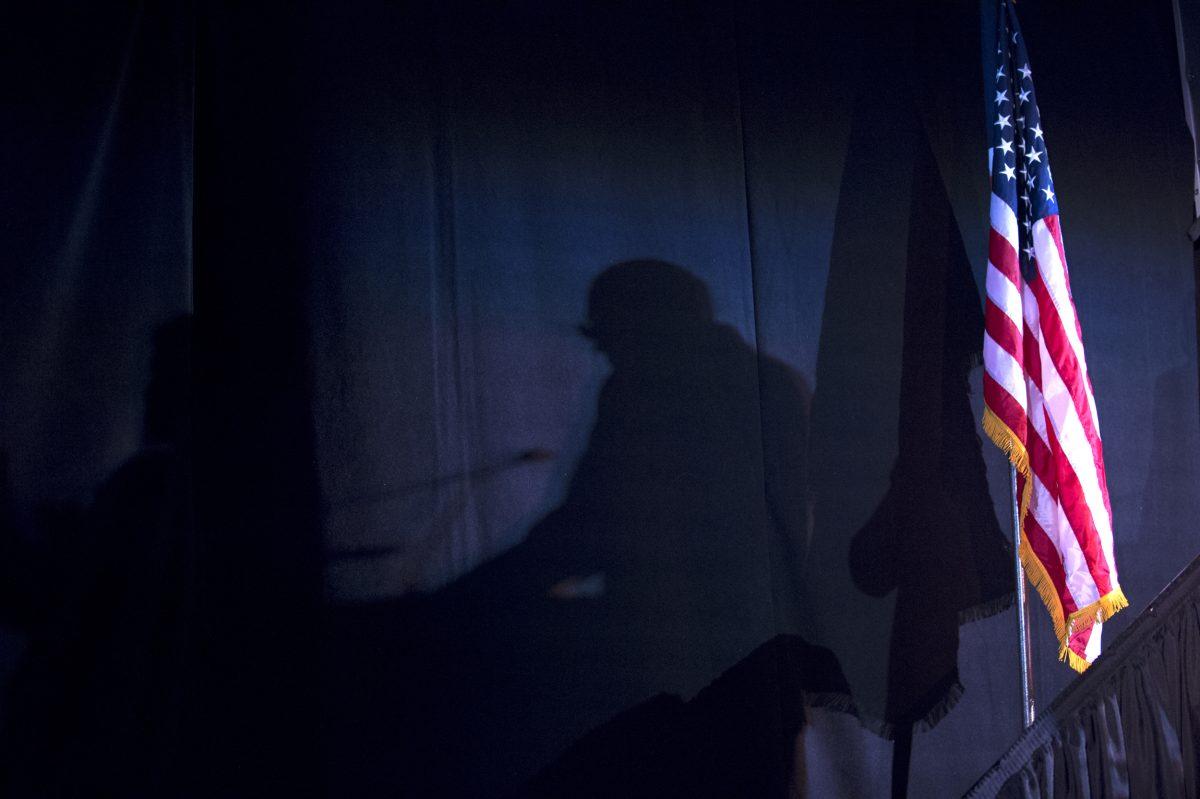The discussion of media is often framed around the various ways it is reflective of our lives and the world around us. It is also important to consider how media can shape us as well, both on an individual and collective level.
This can be particularly true of children’s cartoons — not only because of how impressionable we are to media at that age, but also on account of kids not being able to fully realize what is (and isn’t) fictional. In fact, no one starts to really comprehend what they’re watching until they’re eight years old, according to Dr. Jessamy Comer of RIT’s Department of Psychology.
“The middle of elementary school is when they finally start to understand ‘the characters I’m seeing there [are] not real people. They’re not actual human beings,'” explained Comer. She added that, even then, there can be trouble conveying the fact that these characters are played by actors. Most people don’t wrap their mind around the fact that some media is fictional until adolescence.
“When they’re looking at [cartoons], to them, it’s real. It’s very real,” said Comer.
“When [kids] meet Robert Downey Jr., he’s Iron-Man. They don’t get that this guy does not have Iron Man powers,” said Comer. “So that’s really important to remember, that when they’re looking at this, to them, it’s real. It’s very real.”
The inability to make that distinction is why media and cartoons viewed at that age can be particularly influential.
Defining What is Considered “Normal”
It’s commonplace to assume that most children’s cartoon characters are easy to understand, if one-dimensional. This is in stark contrast to the multi-dimensionality with which we perceive ourselves in real life as adults. Of course, there is a limit to the level of complexity children can perceive. Having a character be too multi-faceted may make it too hard for kids to be drawn to a show or character. A concern for Comer, however, is kids latching onto the idea that it is normal in real life to define themselves so narrowly.
“I think that they’re written this way to keep things simple for kids, except that we don’t want kids to be simple,” noted Comer. The “self” is something that should be multi-dimensional, and, to her, it is important to be mindful of how such media can misalign a child’s understanding. “We actually find that the kids who watch a lot of media, cartoon shows, that kind of thing, tend to kind of see themselves more in one dimension as well,” Comer said.
We want multifaceted kids, but instead cartoons tend to say it’s normal to be one-dimensional. Comer tied such cartoons’ influencing power to how media can emphasize what is perceived in society as normal.
“Kids tend to accept what is presented to them,” explained Comer
“When you normalize a gay couple, the kid just kind of accepts it,” explained Comer. “Kids tend to accept what is presented to them.” Certain shows in recent years such as “Stephen Universe” have depicted LGBTQIA+ relationships. Comer pointed out how kids don’t have any reason to perceive anyone as not normal unless they are told so.
“Where a lot of the problems come is that we perpetuate stereotypes,” she noted, pointing specifically to the often-cliché depiction of family roles. “‘Oh, Dad is out to work and Mom’s cooking dinner,’ perpetuating the stereotype that this is what women should be doing.”
Because of their impressionable audience, children’s media that challenges typical norms can be impactful. As Gabrielle Bellot of The Atlantic recently pointed out, the films of Hayao Miyazaki, producer of “Spirited Away” and “Princess Mononoke,” were often stand-outs from other animated films of the time because their protagonists subverted the rigid archetypes for female characters seen in other cartoons and anime.
In a different vein, a show like “Rugrats” (1991–2004) stood out for consciously depicting a family with Jewish heritage and traditions, even having specials for various Jewish holidays. Such breaks from cultural norms provide a form of validation for behaviors, lifestyles or forms of identity not widely recognized or represented. The impressions made by such shows on kids can inform a far less monotone view of the world as they age.
Media alone cannot be solely responsible for child development. Comer wondered if the degree to which we are open-minded is more informed by who one’s family is, or at least how willing parents are to let their kids watch media with such a point of view.
“Is it really the show that’s causing the kid to be more open minded, or is it that they come from an open minded family?” postured Comer.
“Is it really the show that’s causing the kid to be more open-minded, or is it that they come from an open-minded family?“ Comer speculated. “I would say it’s probably the family that’s a bigger impact.”
Voices of a Generation
Between revivals of “The Powerpuff Girls,” “The Magic School Bus” and “Hey Arnold, ” it seems like we are a “Rugrats” reboot away from fully tapping into the ’90s (and early ’00s) well of nostalgia. Much of the media that RIT students watched on Saturday mornings as kids is on the verge of returning.
Within the section she authors of “X vs. Y: A Culture War, A Love Story,” Leonora Epstein noted how animation from networks like Nickelodeon of that era made such a clean break from children’s entertainment of the past, especially from what might have been seen as normal.
“We were getting doses of weirdness via traditional kid-friendly formats,” wrote Epstein, referring to shows like “Rugrats,” “Rocko’s Modern Life” and “Aaahh!!! Real Monsters.” “These new Nick shows were built on surreal, absurdist and dark humor set in environments that looked dirty or like bad dreams.”
The makers of reboots must pick and choose what they take from old cartoons and what they change to appeal to today’s children. Reboots can appeal to older viewers’ cravings for nostalgia while also finding new but equally creative means to reach children, perhaps by including novel ways to normalize previously unrepresented interests or ways of identifying one’s self.
As Epstein articulates, media from millennials’ childhoods mainstreamed dry language and awkward, self-depreciative behavior on both sides of the screen. She argues that to those who watched such cartoons, defining themselves in that way is now considered “normal.” It harkens back to the influencing power Comer noted that cartoons have over us as kids, as well as how it can shape the sort of adults we become.

